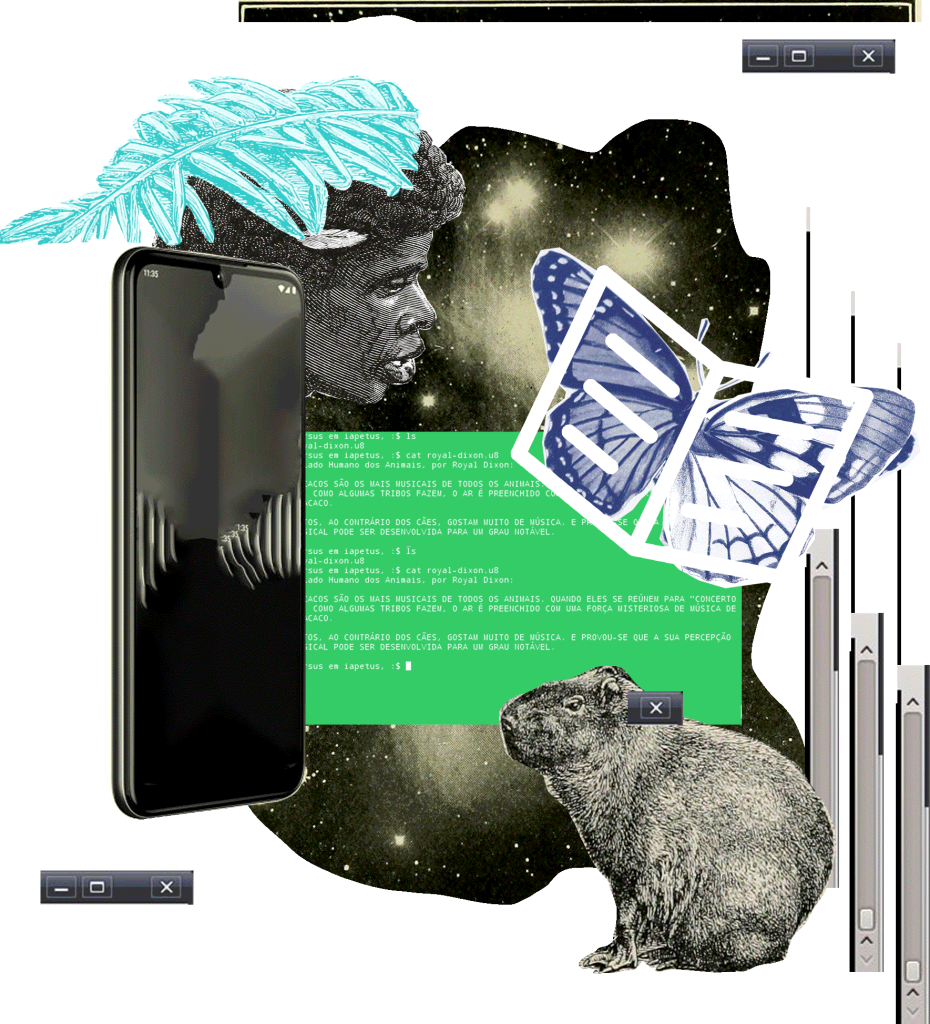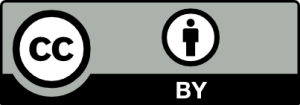
How is digital infrastructure a critical response to fight climate change?
In the period between the beginning of 2021 and the middle of 2022, we investigated open-source digital infrastructures used by communities that are under the constant threat of violation of civil and environmental rights. Such infrastructure is composed mostly by applications used as tools assisting environmental protection activities.
The research featured the parallel investigation on two levels: that of developers, the creators of the tools that allow for the collection and manipulation of data; and that of users, who, besides mobilizing such data in favor of their communities, often are also the agents who input the data in the systems in question, such as deforesting records, forest fires, illegal mining, invasion of protected areas.
In the developers’ case, we can say that the all projects investigated here fall under the category formed by individuals or by a group of individuals, unlike projects constituted within an already existing company or formed as a fresh business. This kind of organization is characterized by being developed mostly by individual contributors, by a decentralized work method and by self-organization, devoid of strategies or explicitly defined and shared missions. We can further add that most of the projects we investigated were developed within non-profit organizations (not directly related to the development of infrastructure, but to socioenvironmental causes), which at some stage employ digital technologies as a tool to improve the carrying out of their goals.
- Read the Introduction
- Download the full pdf
